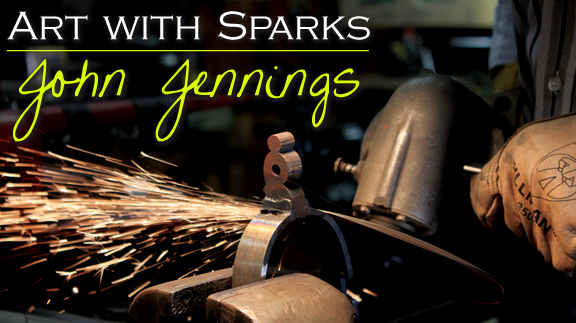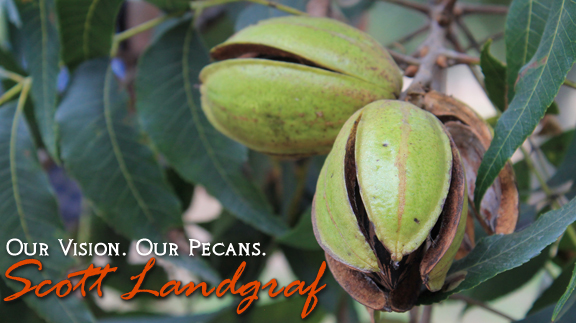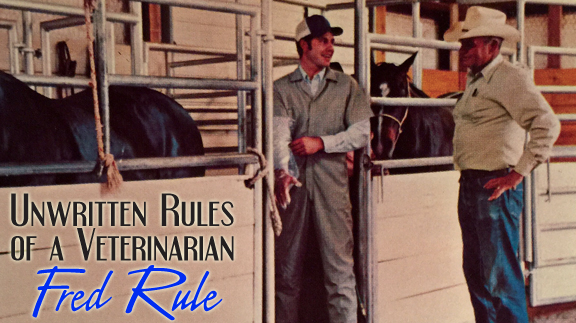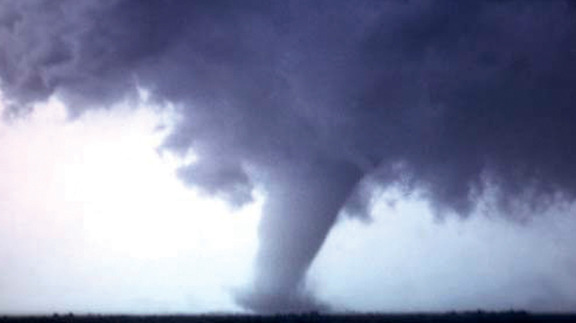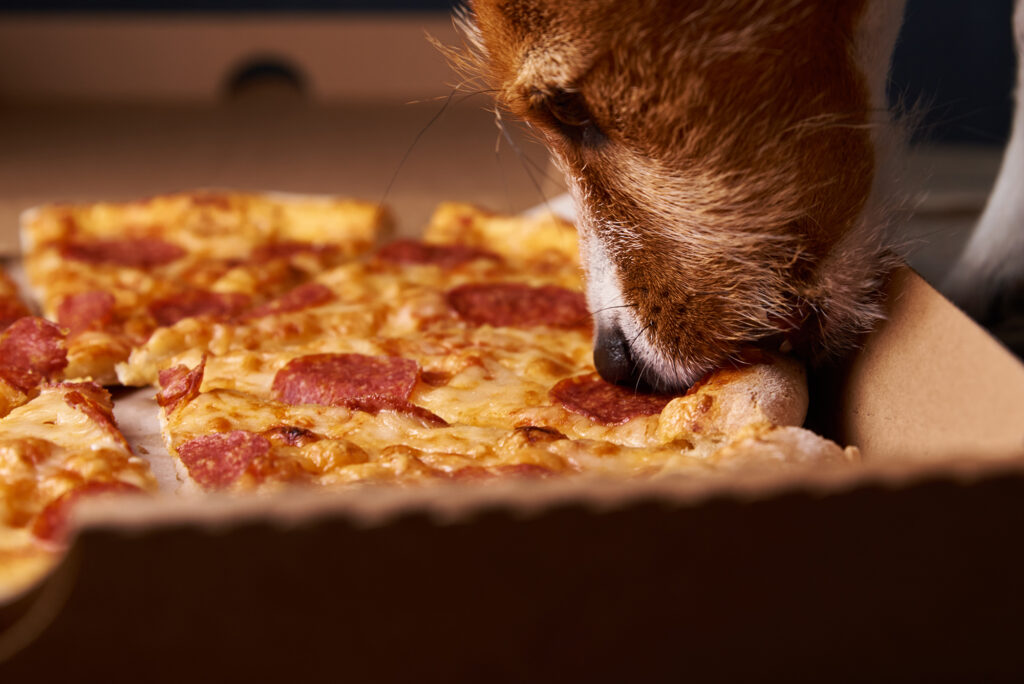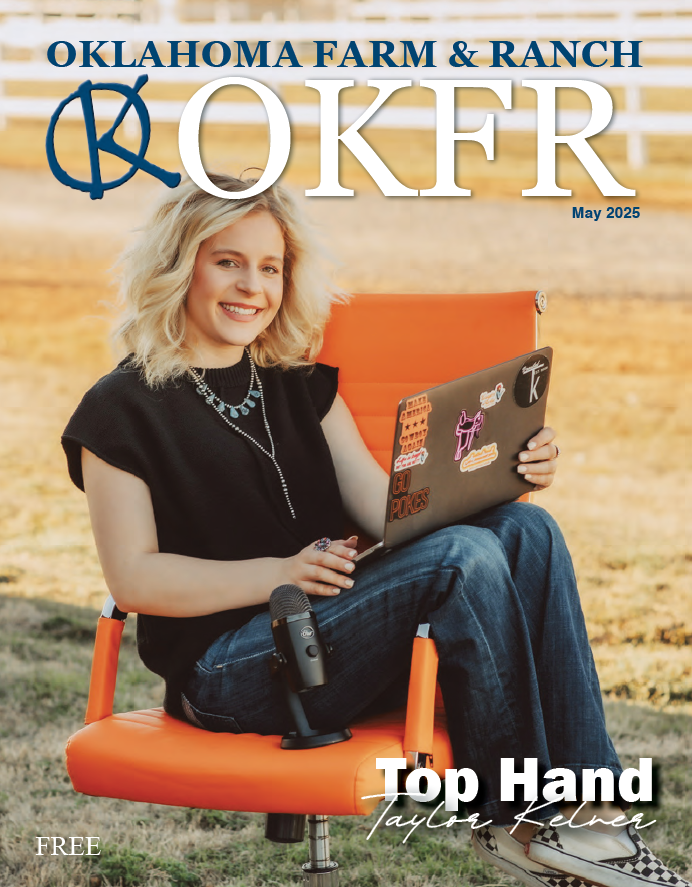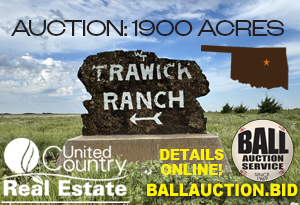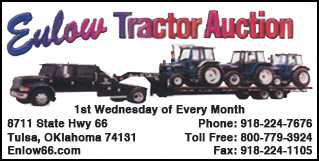Country Lifestyle
Life of a Ranch Wife
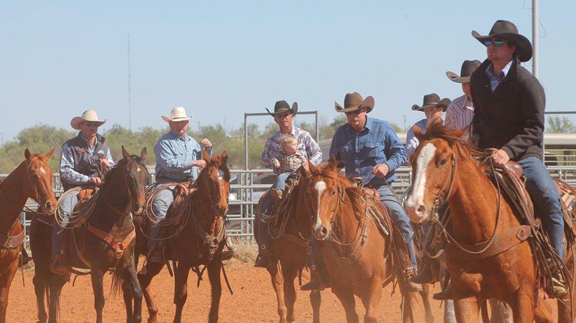
By Lanna Mills
Recently we traveled across the state line into Texas for a ranch rodeo that my husband Gary and some of his cowboy buddies were participating in. This particular event was a benefit ranch rodeo along with an open ranch bronc riding, an auction and a dance. The proceeds were given to the families of the young people who tragically lost their lives in the wildfires that swept through the Texas Panhandle while trying to save their cattle.
It was said that more than $15,000 was raised at this event alone. It is wonderful to see cowboys and ranchers come together to help each other in a time of crisis, knowing that it could have very well been themselves who were struck by this horrific disaster.
Ranch rodeos are unlike ordinary rodeos. The events are based off of the duties of cowboys on real working ranches. They promote ranching heritage and western lifestyle. Ranch rodeos are probably the only time you will see someone pay to do what they do all day for a living. It gives them the opportunity to compete against others and showcase their skills. If they are lucky they may even collect some prize money and belt buckles.
Each ranch rodeo is different and offers an assortment of events including sorting, doctoring, branding, trailer loading, stray gathering, wild cow milking or ranch bronc riding. Rules will vary rodeo to rodeo. Events may vary on time limits, loop limits on certain events and some may allow cowboys to tie their ropes on while others will not.
Before the rodeo begins, there will be a “grand entry.” This is where the teams will ride into the arena and will be introduced by the announcer. Someone will ride in carrying the American Flag. The teams will line up and the cowboys will remove their hats. At every rodeo, someone will sing the national anthem and another will say a prayer. It makes one feel patriotic to see the red, white and blue flag representing our great nation blow in the breeze.
Sorting
Sorting is an event where the cattle are held in a certain area of the arena marked with a line. The cattle are numbered and the team will be drawn a designated number.
One cowboy will sort out the team’s designated number, and push them across the line. The other cowboys will hold the line and try to turn back any unwanted cattle from crossing. If any unwanted cattle cross the line the team will be given a “no time.”
The objective is to get your cattle across the line in the least amount of time. There is usually a time limit on this event of about two minutes, and if the team exceeds the time limit it will result in a “no time.” On the ranch, cowboys may be required to sort calves off the cows when time to wean or sort cattle to be sold or moved to another pasture.
Doctoring
Similar to sorting, doctoring is where one calf is sorted from the herd. When the calf crosses the line, the cowboys head and heel and mark it with chalk or paint stick. This event is also based on fastest time and will usually have a time limit and possibly a rope limit-meaning that the cowboys may only throw their ropes a certain number of times. If the cowboys exceed the time or rope limit, the team will be given a “no time.”
On the ranch at times it is necessary for the cowboys to rope a sick wheat pasture calf or a cow with hoof rot and give him or her a shot.
Branding
Branding consists of calves placed in a designated area of the arena. Sometimes there will be cows with the calves. One member of the team will be horseback, while two will flank and one will brand. Members of other teams will hold the line and not allow the calves to scatter. The man horseback will ride into the herd, rope and drag a calf out.
Once the calf is received by the flankers, he will ride back in to catch his next calf. Rules usually state that the man horseback is not allowed to lope in the herd. Some events insist on only legal catch being two back feet while others will allow you to catch the calf by the neck or a single back foot.
Branding is a regular occurrence on the ranch. Branding allows ranchers to keep track of their cattle and deter potential thieves as well as administer proper vaccinations and cut any bull calves. Long ago, when cattle from many ranches grazed together, the cattle were branded so at roundup, ranchers knew which cattle belonged to which.
Trailer Loading
Trailer loading is made up of an empty trailer placed in the arena. A yearling is turned out and the team must rope it and drag it into the trailer.
Once the yearling is shut in the front of the trailer and the rope has been removed, the cowboys must load one of their horses in the back and shut and latch the trailer gate. After cowboys must hurry to the hood of the pickup or get in the truck, which so ever the rules read. This event is also based on the fastest time and may have a time or loop limit.
Like other events, cowboys use this technique on the ranch. Sometimes cattle cannot be penned or one may get on the neighbor’s and cowboys must rope it in the pasture and transport it to the appropriate location whether it be a set of pens, to the sale barn or turned back out to pasture.
Stray Gathering
Stray gathering is where the team is on one end of the arena. Two head of cattle are turned out, and the cowboys must rope and tie down both head. Once again the fastest time is the objective, and there is most often a limit on loops thrown and time.
Stray gathering and trailer loading go hand in hand on the ranch. Cattle must be roped and tied town until someone can bring the truck and trailer to load them.
Wild Cow Milking
Wild cow milking is probably the most exciting event and is a real thrill to watch. One cow is turned out and one cowboy is to rope her. The other team members are a-foot and run to her once she is roped and begin to try to milk her. Usually one cowboy will get her by the head and one by the tail and try to hold her still while the other collects the milk in a bottle. One team member then runs the milk to the judge where he makes sure the milk was, in fact, collected.
Like other events, wild cow milking usually has a time limit and a loop limit and fastest time wins. This event can get chaotic, as the momma cows doesn’t take to kindly to being roped and milked.
It is unlikely that you will see this exact thing happening on the ranch. However, sometimes a cow’s teats will be too large for a newborn calf to suck, and she will have to be milked so that the calf can latch on.
Ranch Bronc Riding
Ranch bronc riding is similar to saddle bronc riding but the cowboy uses his everyday ranch saddle. The chute opens and the cowboy must stay on for eight seconds, and will receive a “no time” if he is bucked off before. Some ranch rodeos allow the cowboy to use a night latch, allowing the cowboy to hold on with his free hand.
The cowboy is given a score based on how well he rides. This event represents working ranch cowboys breaking colts. When in the pasture a horse may start bucking and the cowboy must try his hardest to stay on. If he is bucked off he may have a long walk back to the house or pickup.
Watching the cowboys compete in a ranch rodeo is extremely entertaining and you will gain a great respect for just how hard these cowboys work.
Country Lifestyle
Riding for the Brand
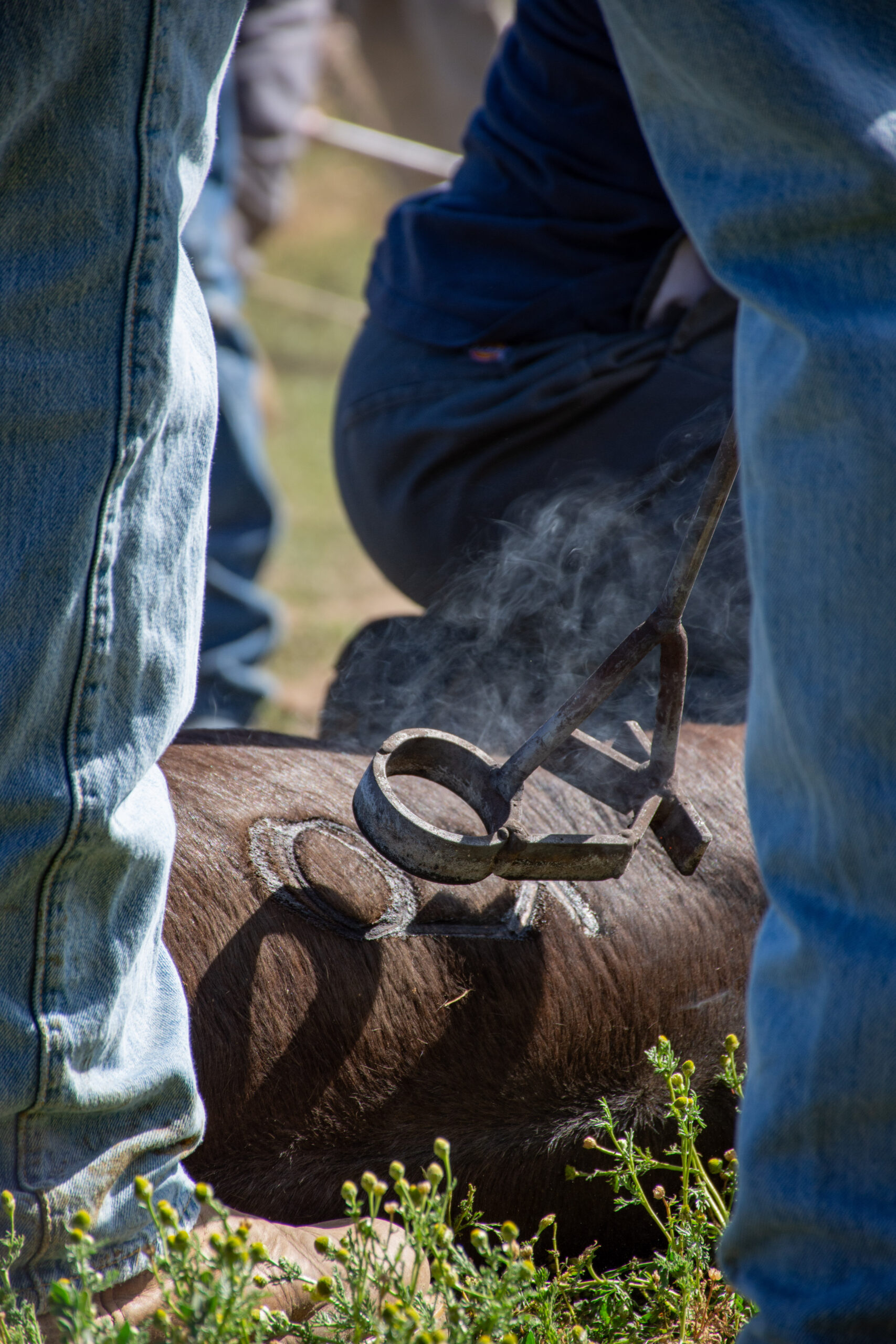
By: Christopher Dysinger
According to the Code of the West a man who has integrity is one who rides for the brand. If you are unfamiliar with cowboy parlance this phrase is used to describe being loyal to the outfit you work for. Cowboys were, “intensely loyal to the outfit they were working for and would fight to the death for it. They would follow their wagon boss through hell and never complain.” -Teddy Blue Abbot. Riding for the brand means being loyal and when I consider what it means to be loyal I am reminded of the words of the Lord Jesus to His disciples in Matthew 16:24, “Then said Jesus unto His disciples, If any man will come after Me, let him deny himself, and take up his cross and follow Me.” To me, to take up the cross and follow the Lord is the epitome of what it means to ride for the brand.
When you place your trust in the Lord Jesus you are signing on to His outfit, to speak the language of the West. When you called upon the name of the Lord Jesus by faith, He saved you and from this point you are riding for His brand. In taking up your cross and following Him you have pledged to be loyal, and this means you face any hardship or trial like a cowboy on the trail moving the herd. Any complaint must be swallowed in the same way you would swallow a cup of coffee. When I hear our faith and loyalty to the Lord Jesus put into these terms it stirs something within me that moves me to keep right on riding for the brand.
Louis L’amour wrote, “Riding for the brand was an expression of loyalty to a man’s employer or the particular outfit he rode for. It was considered a compliment of the highest order in an almost feudal society. If a man didn’t like a ranch or the way they conducted their affairs he was free to quit, and many did; but if he stayed, he gave loyalty and expected it. A man was rarely judged by his past only by his actions. Many a man who came west left things behind him he would rather forget, so it was not the custom to ask questions. Much was forgiven if a man had courage and integrity and if he did his job. If a man gave less than his best, somebody always had to pick up the slack, and he was not admired.” It is the same when a person gives his or her heart to Jesus.
When you come to the Lord Jesus you are not judged by your past. When you come to the Lord Jesus, repenting of sin and seeking forgiveness, everything from your past is left behind. All will be forgiven. 1 John 1:9 reads, “If we confess our sins, He is faithful and just to forgive us our sins, and to cleanse us from all unrighteousness.” When you place your faith in the Lord Jesus you are promising to be loyal and in return you will receive the same. He has promised that He will never leave us or forsake us. When you walk with the Lord Jesus through life you are indeed, “riding for the brand.”
“Riding for the brand” is not just an expression of loyalty nor is it just an expression of pride, it is also an expression of love. When a cowboy claims to be riding for the brand, he is telling any other outfit who may seek his loyalty, that he cannot give it, because he has given his word to another. It is the same when we pledge our faith and loyalty to the Lord Jesus. If any would call us away from Christ we cannot go, because we are riding for the brand.
The End
This article is an excerpt from the book, The Bible and the Code of the West by Dr. Christopher Dysinger.
Country Lifestyle
Farm Dogs & Table Scraps
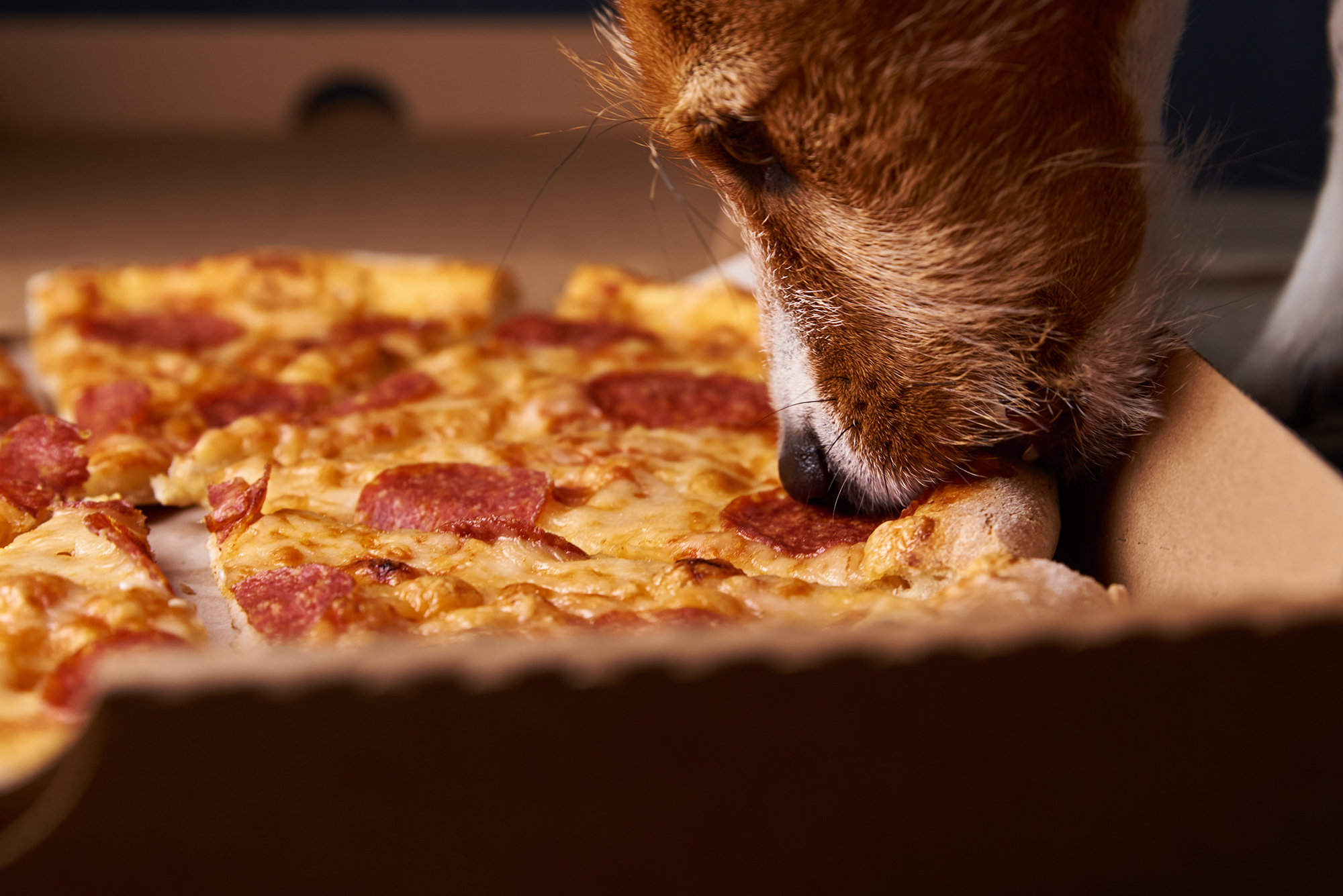
What’s Safe and What’s Not?
Growing up on a farm, our dogs were tough. They roamed the pastures, slept under the barn, and ate just about anything they could get their paws on—whether we meant for them to or not. I’ll admit, I never thought twice when one of our old cow dogs snatched a biscuit off the table or licked up a spill from the barn floor. I’ve even seen a dog steal a whole rib bone off a plate and trot off like he’d won the lottery. And somehow, they always seemed fine.
But here’s the thing—just because they survived doesn’t mean it was safe. For every farm dog that lucked out, there’s another that wasn’t so fortunate. Some human foods can be downright toxic to dogs, and a little bit of bad luck (or a smaller, more sensitive dog) can turn a harmless snack into an emergency.
Common toxic foods lying around the farmhouse
If you’ve got a farm dog—or any dog, really—you need to be aware of the dangers lurking in everyday foods. Some of the biggest culprits include:
Chocolate – The darker it is, the worse it is. Even a little can cause vomiting, seizures, or worse.
Grapes & Raisins – No one’s exactly sure why, but they can cause kidney failure fast.
Onions & Garlic – In large enough amounts, these can destroy red blood cells, leading to anemia.
Xylitol (Found in Sugar-Free Gum & Candy) – This artificial sweetener can send a dog’s blood sugar crashing and cause liver failure.
Alcohol – Even small amounts can be deadly to dogs, affecting their nervous system much more than it does ours.
Bones from Cooked Meat – While not necessarily toxic, they can splinter and cause serious internal injuries.
Macadamia Nuts – These can lead to weakness, vomiting, and even paralysis in dogs.
What to do if your dog eats something toxic
First, don’t panic—but don’t ignore it either. If you know your dog ate something dangerous, call your vet immediately. They can tell you whether to induce vomiting or if it’s something that requires urgent care. If it’s after hours, contact the ASPCA Animal Poison Control Center (888-426-4435) or the Pet Poison Helpline (855-764-7661).
Prevention is always the best medicine, so keep toxic foods out of reach. That might mean keeping the trash can secured, making sure kids don’t slip the dog a treat under the table, or just being more mindful of what’s left on the counter.
Our farm dogs might have been lucky, but luck isn’t a great strategy when it comes to their health. A little awareness goes a long way in making sure they stay happy, healthy, and ready for the next day’s work.
For more information
ASPCA Animal Poison Control: www.aspca.org/pet-care/animal-poison-control
Pet Poison Helpline: www.petpoisonhelpline.com
Visit www.akc.org/expert-advice/nutrition/foods-your-dog-should-never-eat
Country Lifestyle
Summer Squash and Corn Chowder
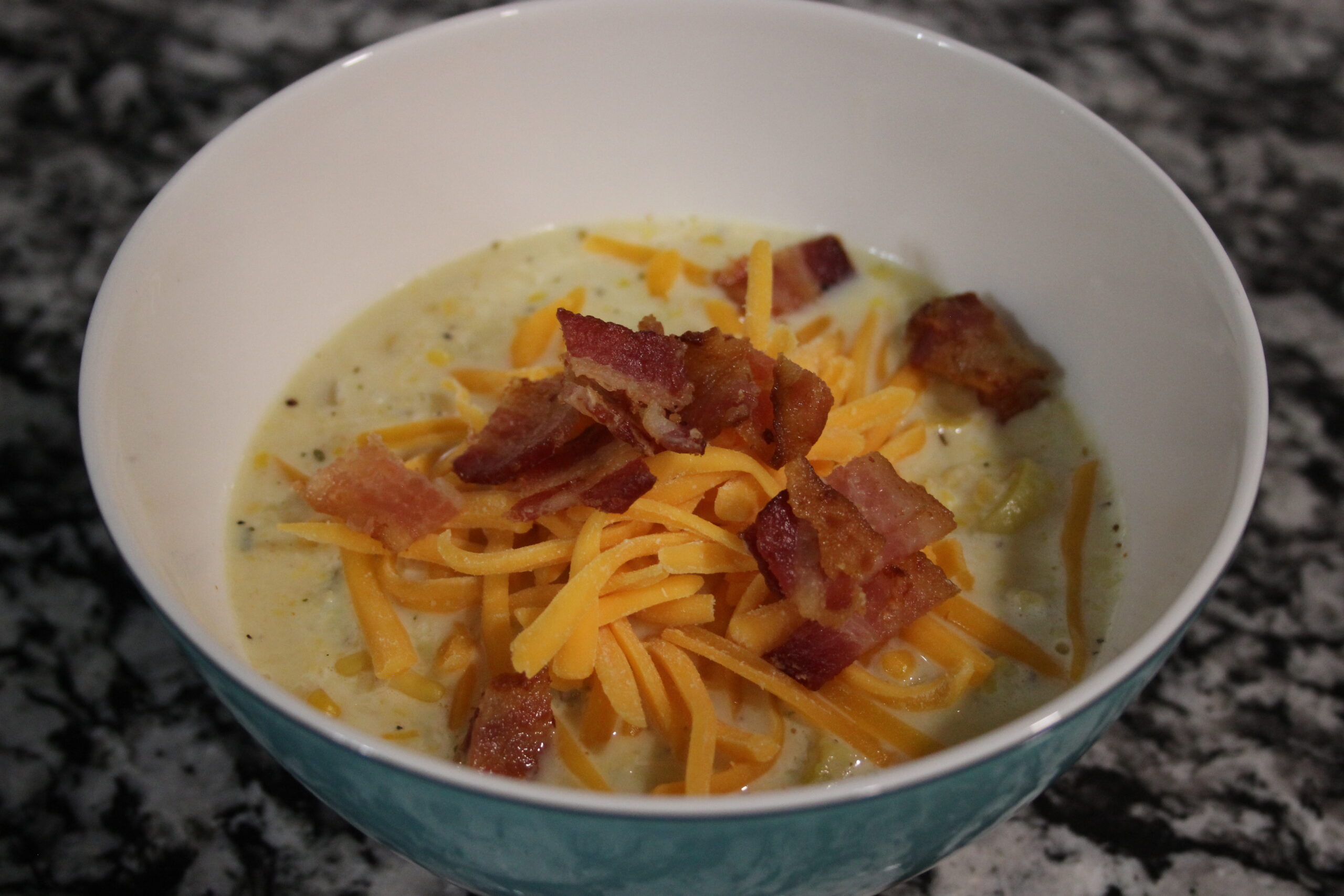
By Lacey Vilhauer
Total time: 40 minutes
Servings: 6-7
Ingredients
- 6 slices bacon, cooked and crumbled and 1 1/2 Tbsp rendered bacon fat reserved
- 1 1/2 lbs yellow squash, chopped (about 3 medium)
- 2/3 cup thinly sliced celery
- 1 cup diced onion
- 1 Tbsp flour
- 2 cloves garlic, minced
- 2 3/4 cup milk (I used 1%)
- 5 cups canned or fresh cut corn (from about 6 ears corn), divided
- 1/2 cup heavy cream
- 1 1/2 tsp chopped fresh thyme (or 1/2 tsp dried)
- 3/4 tsp salt, then more to taste
- 1/4 tsp freshly ground black pepper, then more to taste if desired
- 3/4 cup shredded cheddar cheese, for serving
- Chopped green onion for garnish (optional)
Instructions
Heat 4 tsp reserved bacon fat in a large pot over medium-high heat. Add celery and onion and sauté 2 minutes then add the squash.
Saute until tender, about 6 minutes, adding in garlic and flour during last 2 minutes of sauteing. Reduce heat slightly.
Add 1 1/2 cups milk, 2 cups of the corn, thyme, salt and pepper to the sauteed veggies.
To a blender add remaining 3 cups of corn, remaining 1 1/4 cups milk and the cream. Process in blender until nearly smooth (about 30 seconds).
Add pureed mixture to pot and stir to blend. Cook until mixture reaches a light boil.
Serve warm with shredded cheese, crumbled bacon and sliced green onions if desired.
-
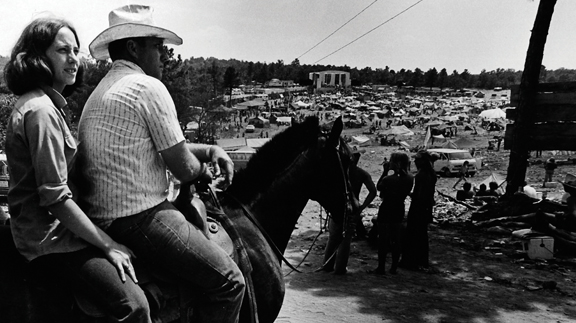
 Attractions8 years ago
Attractions8 years ago48 Hours in Atoka Remembered
-
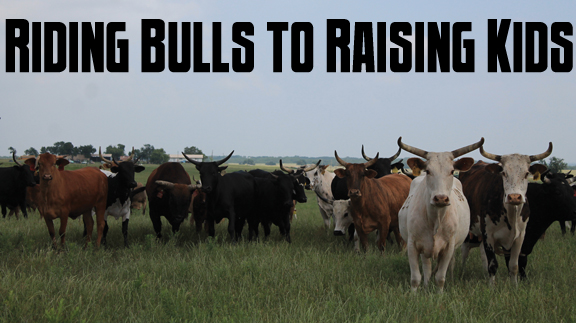
 Country Lifestyle10 months ago
Country Lifestyle10 months agoJuly 2017 Profile: J.W. Hart
-

 Country Lifestyle9 years ago
Country Lifestyle9 years agoThe House a Treasure Built
-
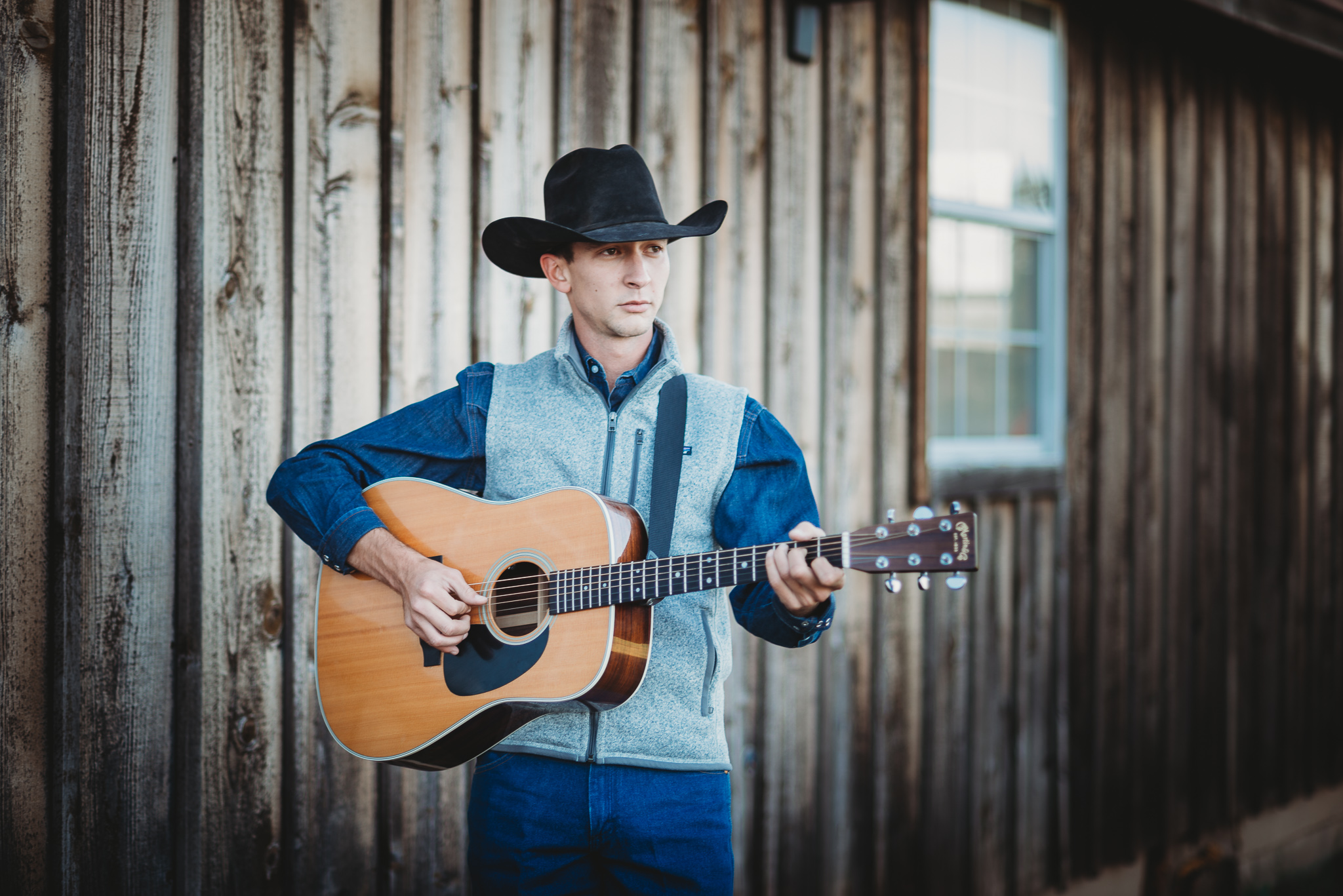
 Country Lifestyle4 years ago
Country Lifestyle4 years agoThe Two Sides of Colten Jesse
-
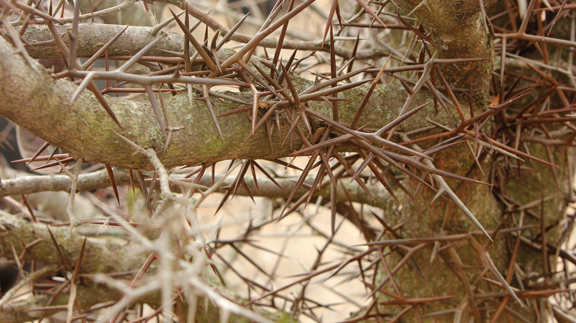
 Outdoors7 years ago
Outdoors7 years agoGrazing Oklahoma: Honey Locust
-
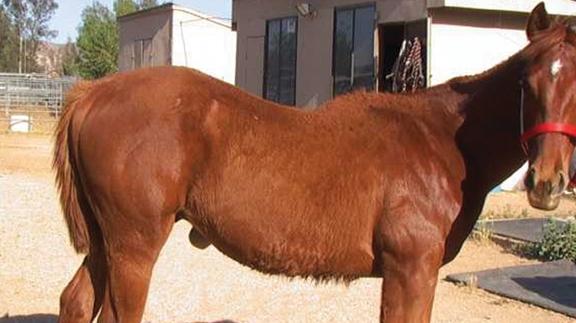
 Equine8 years ago
Equine8 years agoUmbilical Hernia
-
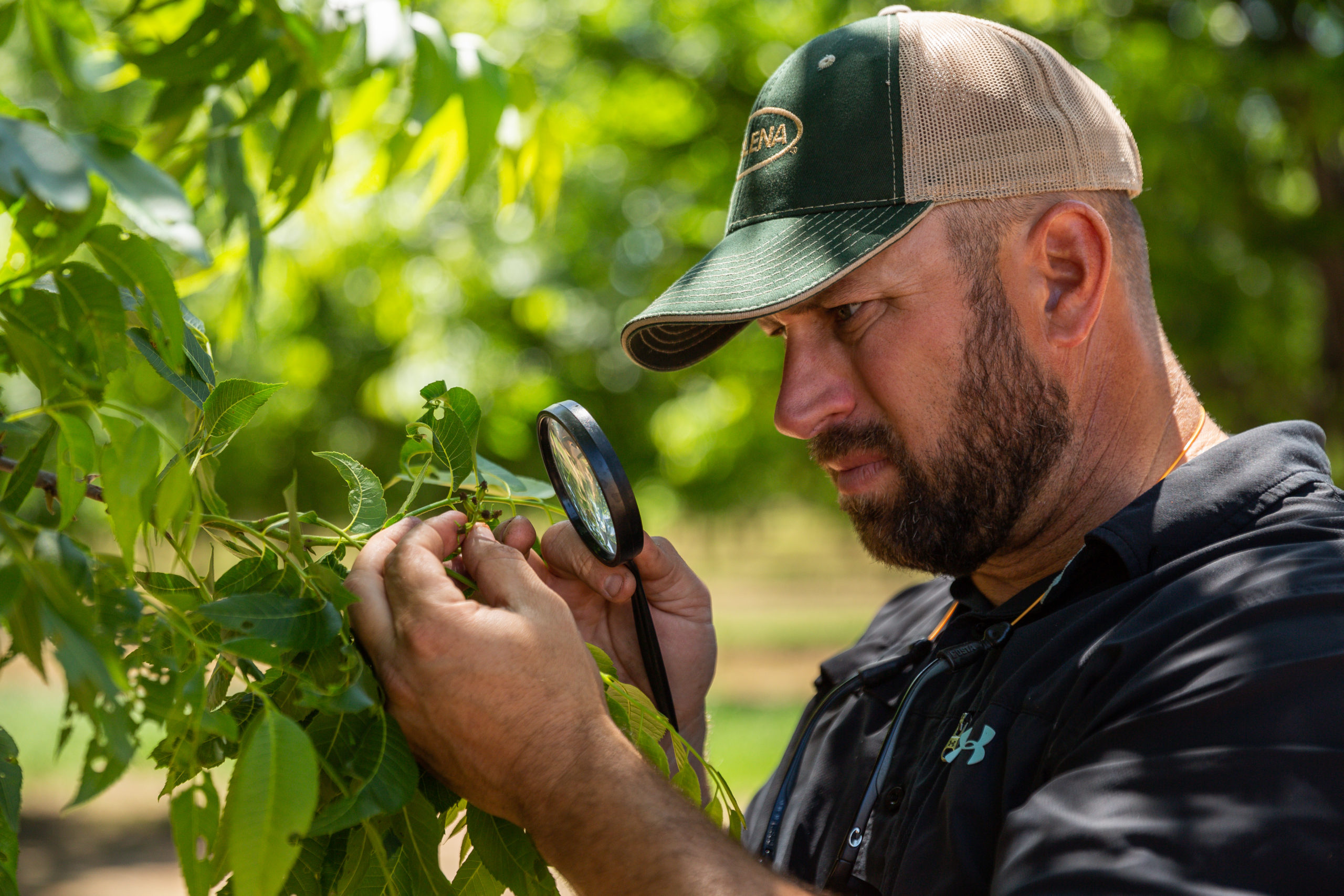
 Outdoors5 years ago
Outdoors5 years agoPecan Production Information: Online Resources for Growers
-
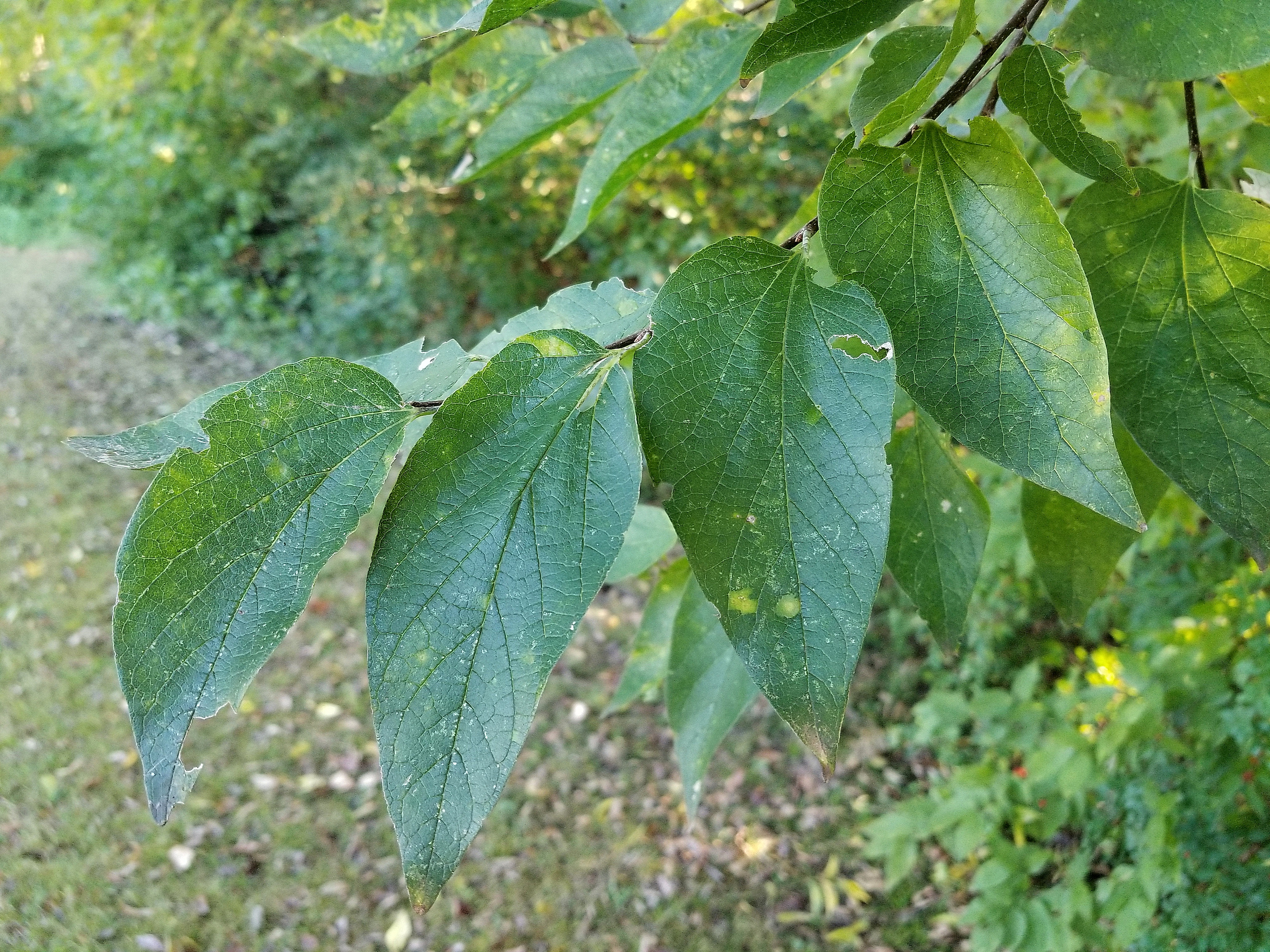
 Farm & Ranch7 years ago
Farm & Ranch7 years agoHackberry (Celtis spp.)
